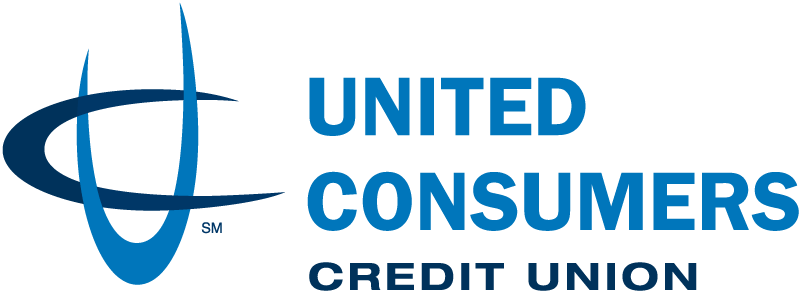Individual Retirement Accounts (IRA)
Backaches notwithstanding, your retirement years should be some of your best. We’ll help you make them golden with an IRA.
UCCU IRA Advantages
- Competitive dividends above standard savings rates
- Traditional and Roth IRA options
- Coverdell ESA also available
- No setup fees
- No monthly or annual maintenance fees
- $6,000 contribution limit per year
- Additional $1,000 "catch-up" contribution allowed for ages 50+
- Funds can be used to purchase CDs within IRA
- No minimum deposit to open
- Truth in Savings Dividends Disclosure
- Truth in Savings Interest Disclosure
Comparing Traditional and Roth IRAs
|
Traditional IRA |
Roth IRA |
|---|---|
|
No income limits to open |
Income limits to be eligible to open Roth IRA3 |
|
Contributions are tax deductible on state and federal income tax1 |
Contributions are NOT tax deductible |
|
Earnings are tax-deferred until withdrawn (when usually in lower tax bracket) |
Earnings are 100% tax-free at withdrawal1 |
|
Withdrawals can begin at age 59½ |
Withdrawals can begin at age 59½ |
|
Early withdrawals subject to penalty2 |
Early withdrawals subject to penalty2 |
|
Mandatory withdrawals at age 70½ |
Mandatory withdrawals at age 70½ |
1. Subject to some minimal conditions. Consult a tax advisor.
2. Certain exceptions apply, such as healthcare, purchasing a first home, etc.
3. Consult a tax advisor.



